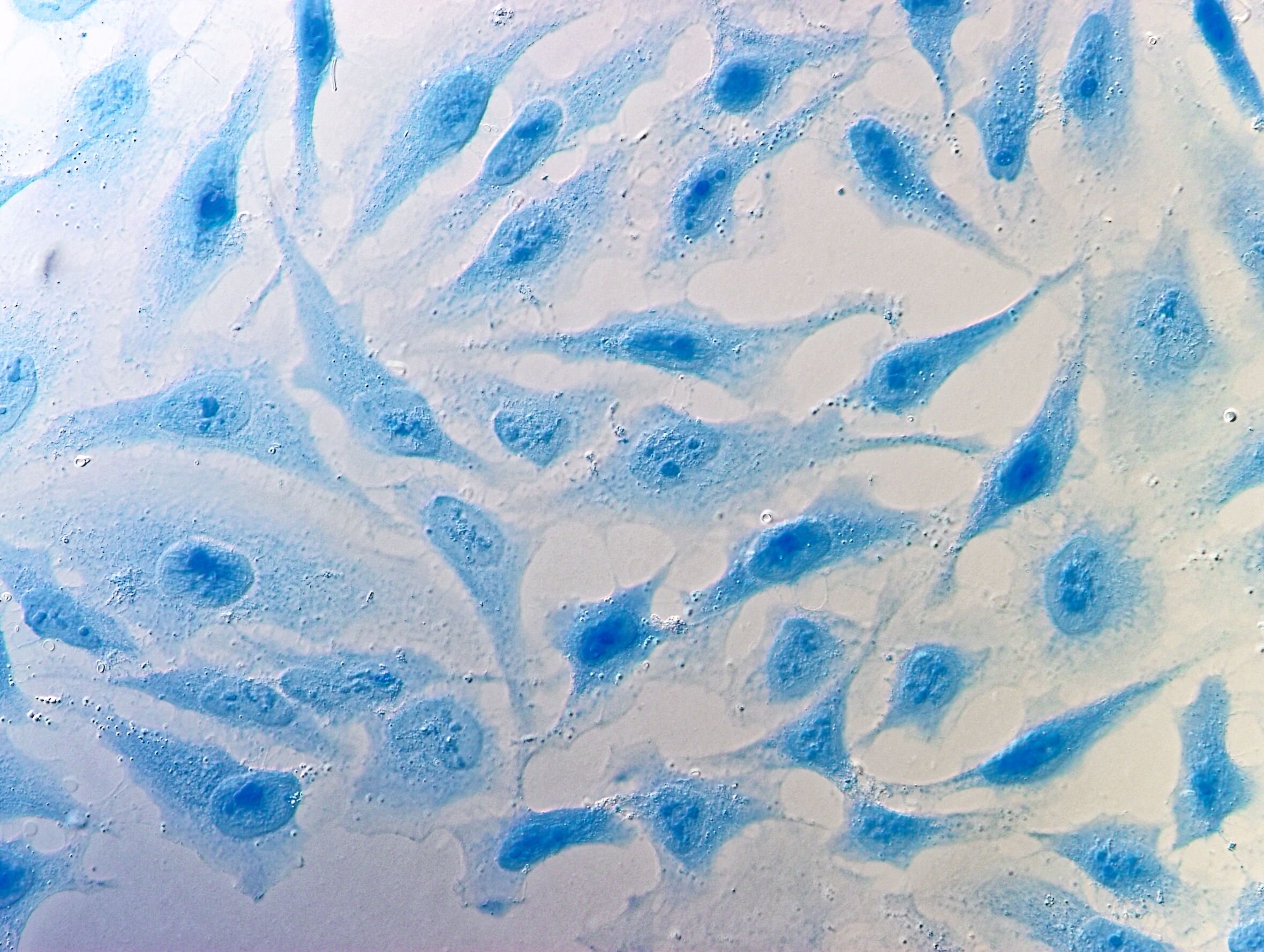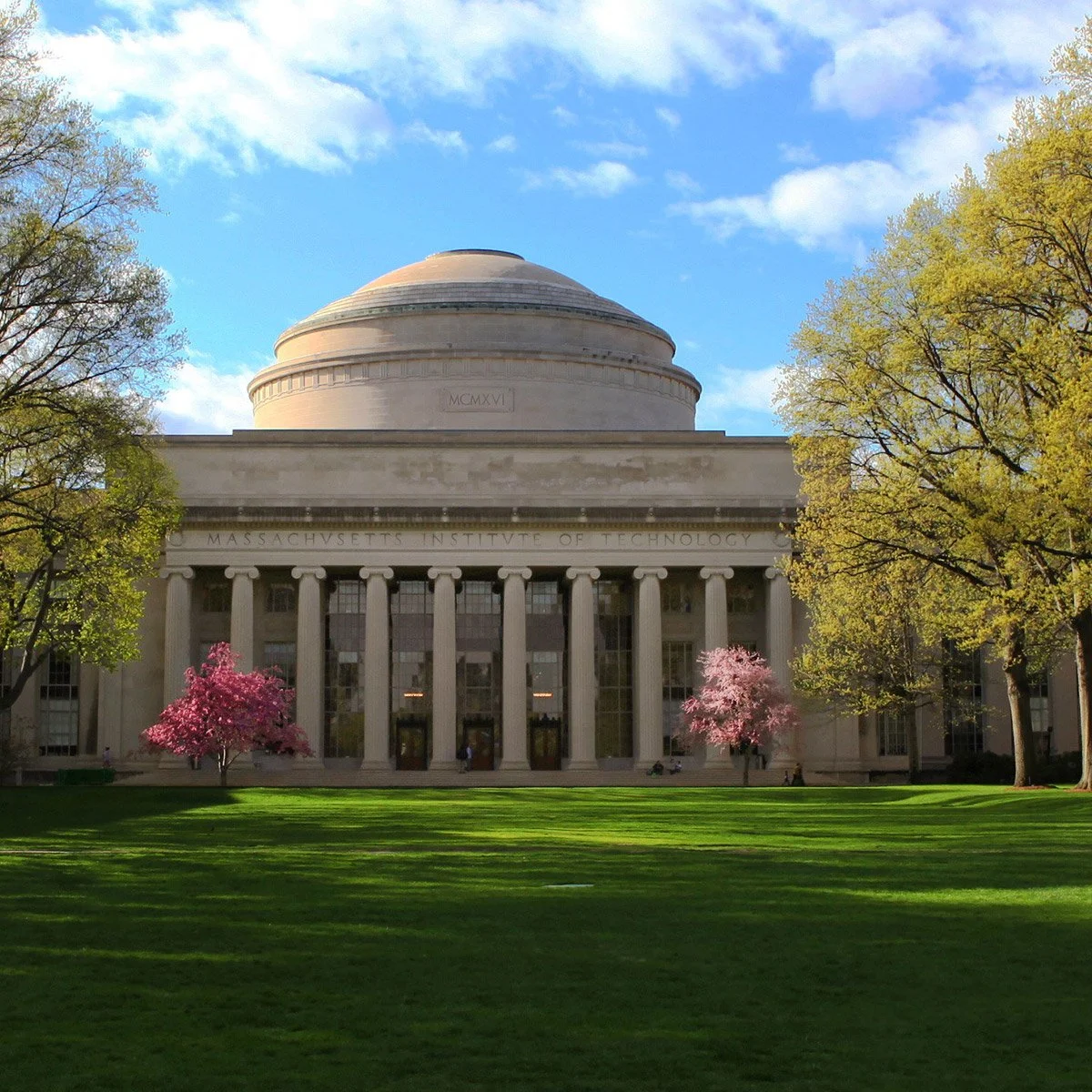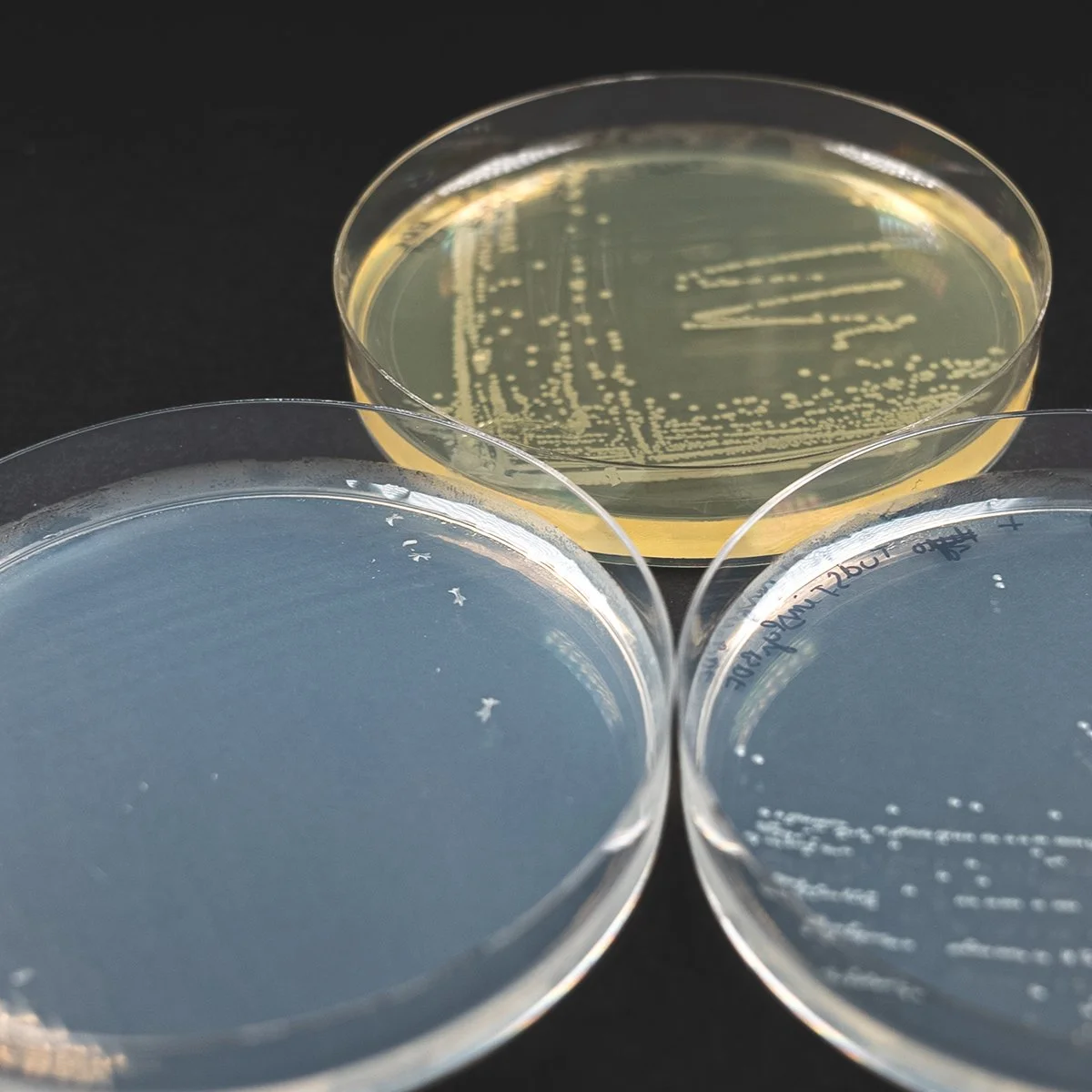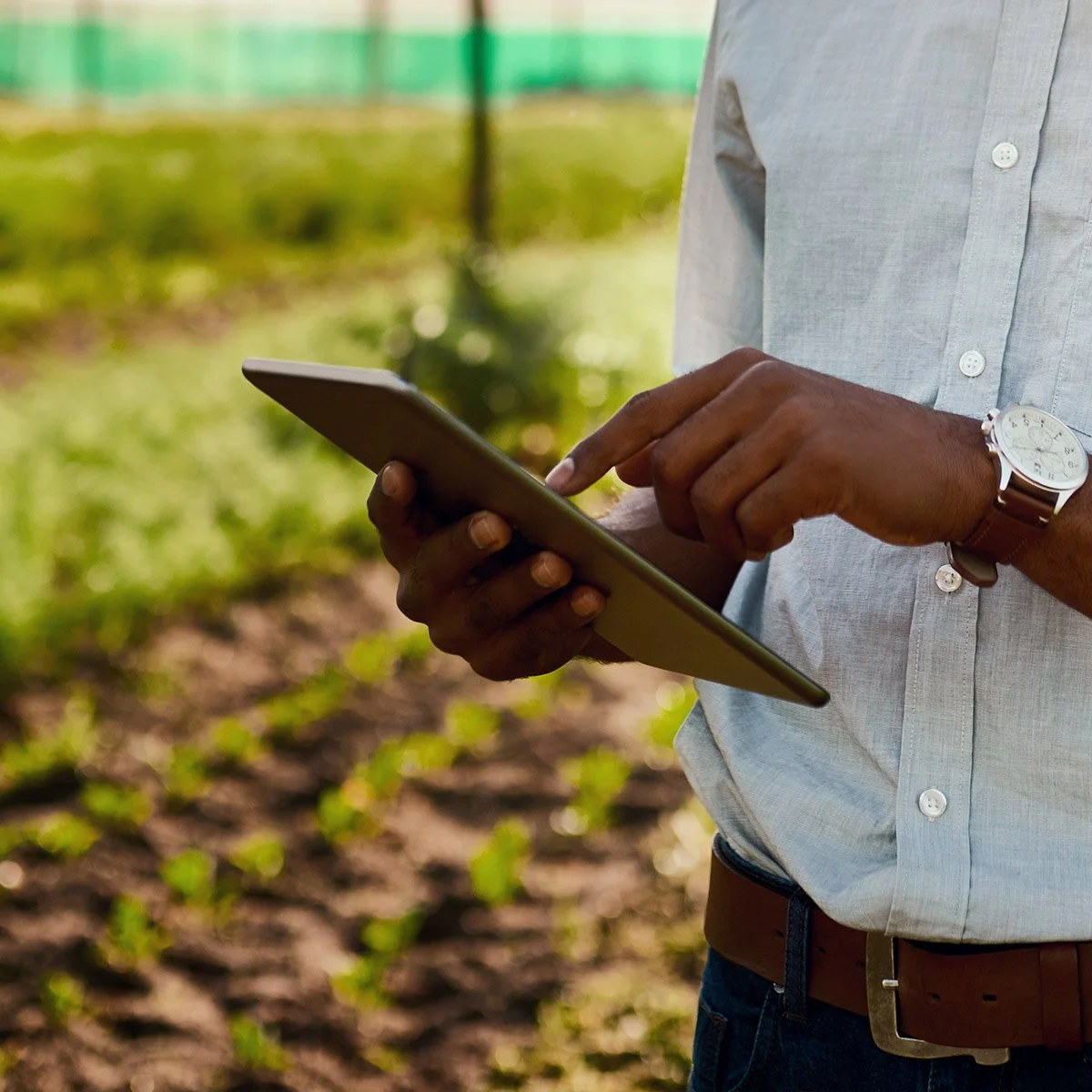Cell culture vessels are one of the most challenging areas of single-use plastics to consider eliminating from biology labs. Never known for complacency, scientists are already seeking higher performance materials to optimize cell culture conditions. From a “labconsicous” perspective, ideally, both cell culture growth conditions and sustainability could be improved. This post considers a controversial idea. Could a system for reusable mammalian cell culture plastic flasks ever be developed?
Never put the cart before the horse when you are working to cure cancer
Reliability is the key factor that scientists consider in any move from single-use to multiple uses. Switching all mammalian cell culture to glass isn’t an option. It’s well established that glass surfaces are not ideal for adherent cell lines. Glass is hydrophilic, but has a low surface charge. Cell adhesion and doubling rates are directly proportional to the material’s surface free energy, which is much higher in tissue culture polystyrene. Tissue culture polystyrene or “TCPS” is treated with plasma gas to make it oxidized, hydrophilic and charged. One can play around in the lab with the amount of serum in the culture media to increase CHO cell line adhesion to glass. It’s just not an answer for most cell types. Practically speaking, cell adhesion allows for trypsinization for passaging, or processing. These widespread methods work well with polystyrene single-use vessels. Moving away from single-use needs to support scientific work, not the other way around.
Tissue culture polystyrene surfaces shouldn’t be taken for granted
Tissue culture polystyrene (TCPS) has an indisputably high value to cell biology. Yet is this could be encouraging a sort of complacency. TCPS is not, in fact, a truly uniform material. Anecdotally, the success with various cell types has differed among TC flask manufacturers. One research group quantitatively evaluated differences in polystyrene vessels. See; Adam S. Zeiger, Benjamin Hinton c , Krystyn J. Van Vliet. Why the dish makes a difference: Quantitative comparison of polystyrene culture surfaces (2013) Acta Biomaterialia. Quoth the authors, “…we argue that it is important to recognize the significant, quantifiable differences in physical properties that exist across seemingly similar material types and chemistries (i.e., all so-called TCPS), which may, in turn, play significant roles in cueing cell behavior and in influencing experimental results.”
According to this review,The Evolution of Polystyrene as a Cell Culture Material, TCPS is approaching a bit of a renaissance. This is good news in a broader sense. Surprisingly, 70% of flu vaccines are still produced in chicken eggs in the U.S., even though cell culture produces more effective vaccines. The biotech industry uses various bioreactor systems to enhance protein production of adherent cells, including the use of microspheres. There is also a lively area of life science research testing versions of TCPS, other materials, and surface treatments for cells-on-chips. Tissue culture consumables manufacturers now produce TCPS tissue culture vessels that mimic the topographical surface of the extracellular matrix. The goal is to present substrate geometry to enhance cell viability and more natural cellular activities. Good cell adhesion promotes cell health, which should enhance experimental results. Recent developments in TCPS are encouraging.
Typical sterilization of tissue culture polystyrene, before and after use
Labs mostly outsource material sterilization for cell culture. Manufacturers that produce high quality, endotoxin-free, plasma surface modified polystyrene vessels sterilize them with gamma irradiation. Some lab facilities have access to a recycling service that can re-market polystyrene from used TC plasticware. Biosafety requirements are often met by bleaching and rinsing. If your lab can not recycle, you may be discarding TCPS materials into biohazardous waste collections to be autoclaved or incinerated.
Ozone is a low cost, safe and environmentally friendly sterilization technique available with small scale and large scale devices. Ozone sterilization requires air, water, and electricity. The only direct emission is oxygen. Several benchtop to mid-sized machines are available on the market for sterilizing small lab instruments or wastes. Ozone sterilization uses less energy and water than the autoclave or incineration processes. Larger and mid-sized ozone systems are available for high turnover medical labs, or even for facility sized volumes. For example, the company Clean Waste Systems provides ozone-based technology that hospitals use on-site to sterilize biohazardous waste, including sharps and non-hazardous pharmaceuticals. A chromophore sticker is used to indicate sterility. The EPA prefers this method over incineration and ethylene oxide sterilization. Emissions monitoring has unfortunately shown that EtO air pollution has increased cancer rates in communities near hospitals. Ozone sterilization is a safer method.
Ozone sterilization can be low cost and more efficient for mammalian cell culture
Researchers have shown that UV/O3 treatment for surface modification of polystyrene plastic substrates improves cell attachment in various scenarios. There have been some successful reports showing that O3/UV treated polystyrene microspheres increased adhesion, avoiding the need for additional ECM based materials. Of course, microcarrier based systems provide an increase in available surface area per volume that has a great efficiency value in of itself. However, there are currently no commercially available ozone-treated polystyrene microcarriers. One research group also looked at UV/O3 treatment of polystyrene as a simple and low-cost process for improving tissue culture. The authors of Kazuki Hosoya et al. Simultaneous process of surface modification and sterilization for polystyrene dish (2018) The Japanese Society for Mechanical Engineers, tested O3/UV treatments to sterilize and modify the surfaces of untreated polystyrene Petri plates. It turned out that this method improved cell growth and adherence over typical plasma-treated TCPS. (Wow!) The concentration of oxygen available during the process was a key factor in success.
The potential for a new system
If ozone/UV treatment for simultaneous surface modification and sterilization of polystyrene vessels can be used successfully for more cell types, the overall sustainability of cell culture would improve. Given the availability of large scale O3 technology, a more sustainable manufacturing method for tissue culture vessel could be implemented. Presumably, a wash system could be set up in lab facilities to remove any trace contaminants from TC flasks. Then re-sterilization for a second use of TC vessels could take place in labs via in house O3/UV equipment . A caveat for re-using cell culture vessels is that while polystyrene is resistant to photolysis, it has relatively poor UV resistance. How many times a PS surface could be Ozone UV treated would determine if the development of such a system is warranted. On the positive side, ozone treated PS dishes don’t show significantly diminished optical clarity. The PS isn’t dulled or yellowed - as would be the case for polycarbonate. As the saying goes, the best way to predict the future is to create it.











